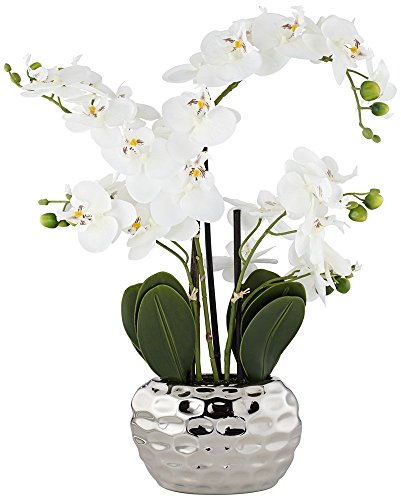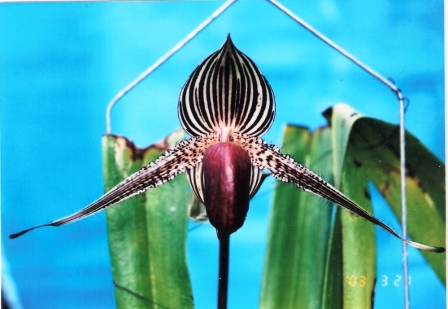I agree with you. I've always been a bit surprised that buying jungle collected plants is perfectly acceptable on this forum. Never heard a bad word said about it.
It reminds me of an Australian nursery selling multi-growth plants of Paph parishii for a price I was happy to pay. When I asked them where did they come from, they told me they were jungle collected. I said "no thanks". I could have brought that nursery to its knees if I reported them.
David
Frankly, about the wild collected plants, in quite a lot of instances buying flasks is way more damaging, especially from Taiwan. I have been involved in the trade of paphiopedilum for a very long time to say the least, and flasks sometimes do more harm than good.
I will give one example, intaniae. One nursery imported half a thousand plants of intaniae in bud in Taiwan. They made a lot of seed capsules, killed the plants. The seeds did not germinate for most of them, and they ended up with 17 flasks of intaniae.
Plants are collected all over Asia for the local trade, not for overseas. Overseas buy very little compared to the local trade. Paph. parishii, most of the established wild plants are sold within Thailand, few are exported. Not buying plants will not stop the trade, you or anyone outside of Asia is absolutely nothing compared to the 'real' customers who buy by few hundreds pots each species locally for the pot plant market or local hobby market ( when such a thing exist, like Thailand or China).
About the flasks, Taiwanese import big batches of fresh wild plants, a month or two before the blooming season. They bloom them, rootless things, and make the seed capsules. Few plants survive after the seeds are ready. For some species, none. That's how they killed hundreds of sanderianum, rothschildianum, anitum, hangianum...
After, they sell the flasks, but in fact, the quantity of seedlings made of a given species is LOWER than the quantity of wild collected plants ****** to make those seed capsules. The hobbyists feel happy to have artificially propagated plants, but in fact, they were more damaging to the wild than to get wild collected plant...
Some Taiwanese nurseries really grow their motherplants, note well, but the trend is more to use wild plants to make quickly seed capsules. What they don't know and will never learn, a disabled plant or weak plant produces less seeds, of far less quality than a well grown plant. On the time, they are in a hurry to produce as many different species and hybrids as possible, so they do not care about the collateral damages.
See for example that parent plant pictured here:
Guaranteed that the plant did most likely not survive this blooming
Gigantifolium, you rarely see flasks of those, and if you grow well a wild plant, it is saved. Another problem, most of the collected plants end up in the wrong hands and are killed too, but if you are a good grower, the plants will really grow well and for long time. I still have the original wild collected gigantifolium used for the description, about 15 years ago. After some setback, it is now a 6 growth plant.
The last problem, they are so common at present time from the wild, that most nurseries will still stock huge wild plants of gigantifolium. The collector sells them 40000 rupiah per huge 2 growth plants, which is about 2USD. Sometimes it is better to buy those when a nursery has nice plants than to let them die of neglect.














































